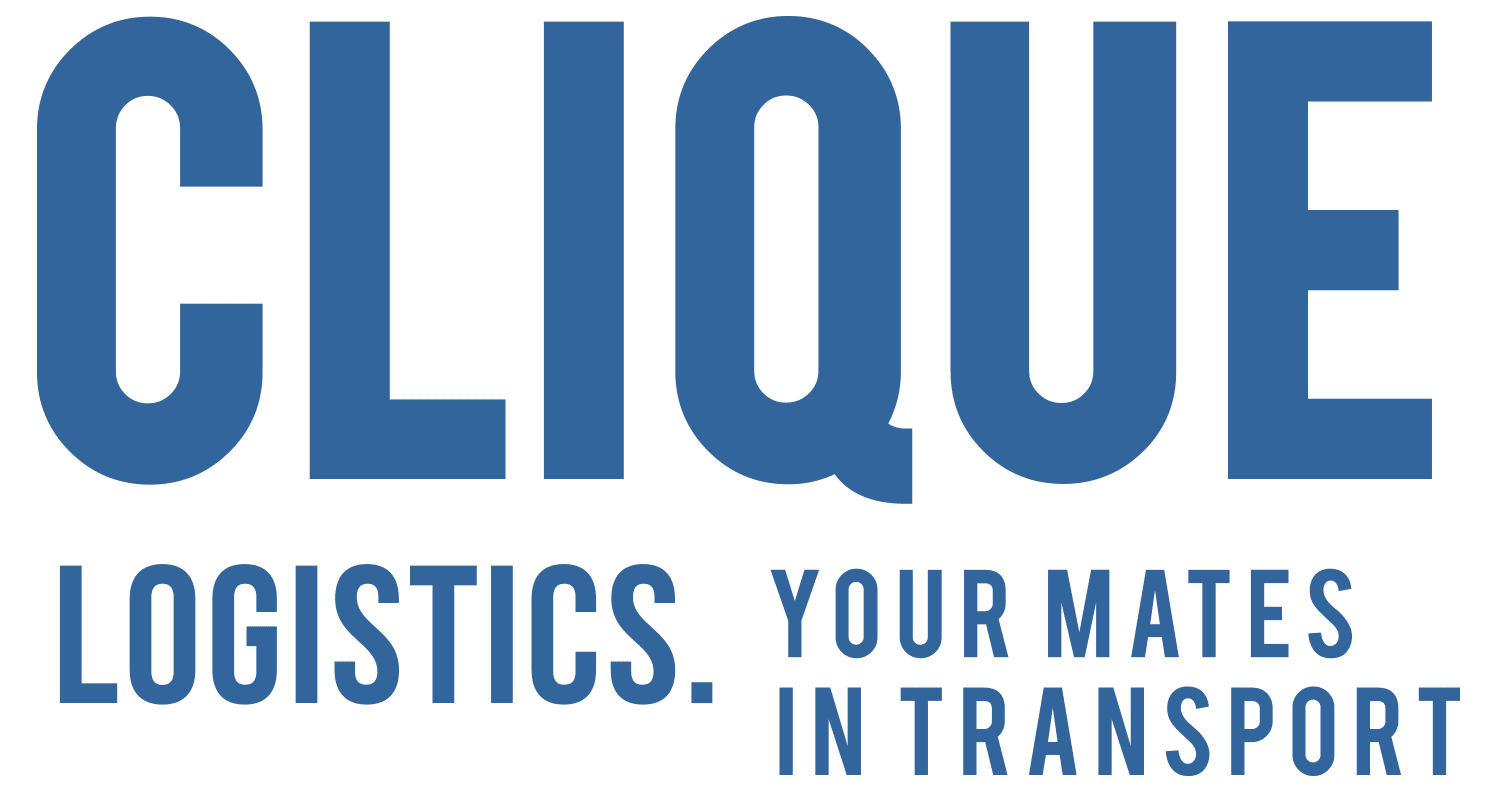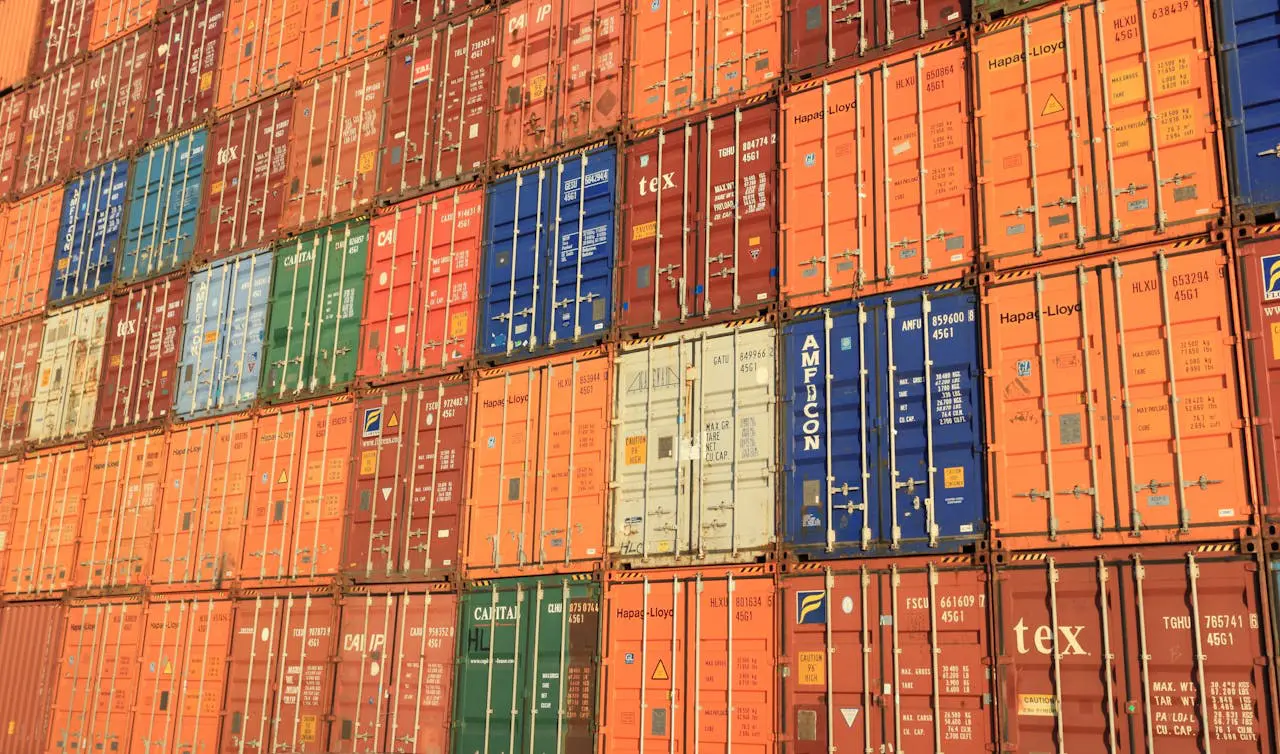Many businesses approach freight management reactively—solving issues as they arise rather than preventing them in the first place. While this may seem like a cost-effective approach in the short term, the reality is that reactive freight strategies often lead to higher expenses, inefficiencies, and dissatisfied customers.
By shifting to a proactive freight strategy, businesses can optimise operations, reduce disruptions, and ultimately save money. Here’s how planning ahead can drive long-term savings and operational success.
1. Avoiding Costly Emergency Shipments
When businesses fail to plan their freight requirements effectively, they often face situations where last-minute shipments are necessary. These urgent shipments typically come at a premium, leading to higher freight costs.
The hidden costs of reactive shipping include:
- Paying premium rates for expedited freight services.
- Incurring penalties for late or missed deliveries.
- Rushed logistics leading to errors and damaged goods.
A proactive approach—such as forecasting demand and optimising shipping schedules—ensures businesses can leverage cost-effective transport options rather than relying on expensive last-minute fixes.
2. Improving Carrier Relationships and Negotiating Better Rates
Freight carriers prioritise reliable, organised customers. Businesses that operate reactively, making inconsistent bookings or requesting urgent shipments, often miss out on preferred pricing and service levels.
By planning ahead, businesses can:
- Secure better rates through long-term contracts.
- Gain priority service from carriers during peak periods.
- Avoid delays caused by last-minute capacity shortages.
Proactive planning strengthens relationships with logistics providers, giving businesses more bargaining power and stability in their supply chain.
3. Minimising Supply Chain Disruptions
Unforeseen logistics disruptions—such as weather events, industrial strikes, or sudden demand spikes—can have serious financial repercussions. A reactive approach leaves businesses scrambling for solutions, leading to costly delays.
A proactive strategy includes:
- Contingency planning to prepare for potential disruptions.
- Diversifying carrier networks to reduce reliance on a single provider.
- Real-time tracking and predictive analytics to anticipate and mitigate risks.
By anticipating disruptions before they occur, businesses can maintain efficiency and avoid unnecessary costs.
4. Reducing Wastage and Optimising Inventory Management
Poor freight planning can lead to over-ordering, over stock, or inefficient warehousing—all of which increase operational expenses. A reactive business might order excess inventory to compensate for delivery delays or expedite freight to avoid running out of stock.
A proactive strategy helps businesses:
- Optimise inventory levels to prevent overstocking or shortages.
- Reduce waste by ensuring goods arrive in the right quantity at the right time.
- Lower storage costs by streamlining supply chain movement.
With accurate forecasting and strategic planning, businesses can reduce both transport and warehousing costs.
5. Enhancing Customer Satisfaction and Retention
Customers expect their orders to arrive on time, every time. A reactive approach to freight can result in inconsistent delivery times, stock shortages, and frustrated customers.
By proactively managing freight, businesses can:
- Meet delivery promises consistently.
- Improve customer satisfaction and reduce churn.
- Enhance brand reputation and encourage repeat business.
Satisfied customers lead to higher retention rates and increased lifetime value, reinforcing the financial benefits of a proactive freight strategy.
Conclusion
Reactive freight management might seem convenient in the moment, but it leads to higher costs, unnecessary stress, and operational inefficiencies.
A proactive approach—built on forecasting, optimised carrier selection, and risk management—not only saves money but also strengthens long-term business performance.





